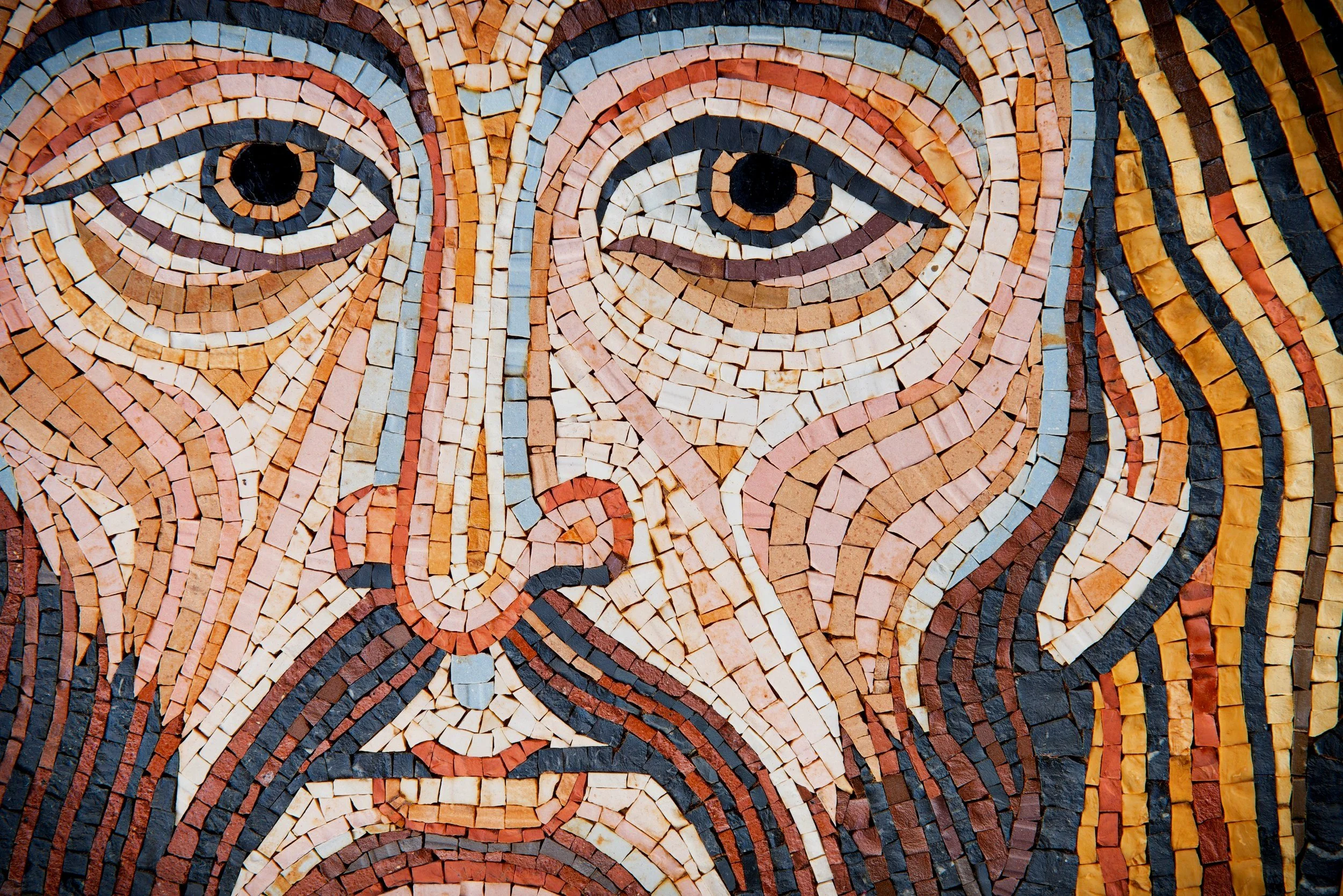Ancient Roots
TUESDAYS IN LENT
6:00 PM • PARISH HALL
On Ancient Roots
The Rev. Dr. Lynne Spellman
Journeys Quarterly • Spring 2022
Years ago, before Lowell was the rector of St. Paul’s and before I was even thinking about ordination, I stayed at what was then a Catholic monastery in eastern Oklahoma for a weeklong, nearly silent, retreat. Every morning the community and their guests would gather in a circle, sitting on the floor of their chapel, for an hour of contemplative prayer, followed by the Eucharist, and one morning the Eucharist was also almost silent. We sat there for roughly forty-five minutes. From time to time the priest would enact one of the familiar gestures of the mass and less frequently he would utter a very few of its familiar words. Were there as many as twenty words in the entire service? Maybe.
Having the gestures, and words, arise from an otherwise all-encompassing stillness was very powerful for me, even when I think about it after all these years. That summer, when I returned to St. Martin’s, I wondered if we could try a mass like that and learned that it would not conform to the rubrics (the Y instructions) prescribed for the Eucharist in the Book of Common Prayer. Then, in 2003, Lowell created Ancient Roots. The Ancient Roots Eucharist certainly has more than twenty words. It has enough to have been approved by Bishop Larry Maze as in conformity with the Book of Common Prayer. But by its long silences and the paring down of words, it captures the feel of a contemplative Eucharist. And so does the music, Gregorian chant sung in Latin by St. Joseph’s Schola, and Taize chant. (Taize is an ecumenical community which originated in France after World War II to reconcile Christians to one another, and their chants, in English, are easily sung.)
So here is how an Ancient Roots service goes. We sit on chairs in a circle, in the parish hall, in silence. The Schola chants as everyone arrives. Then there is silence, and a collect (a prayer, just as in all our Eucharists), and a Taize chant, such as “Wait for the Lord whose day is near…,” sung by all of us, accompanied by guitar. A short passage from the Gospel for the day, or week, follows, and after that there is more silence. The Schola chants the Kyrie (“Lord have mercy”). Then the priest says, “God be with you” and, after the familiar responses, offers a short Eucharistic prayer, which Lowell wrote. The Lord’s Prayer is chanted, in English, and the bread and wine are passed around in silence as the Schola chants. After communion there is more silence and another Taize chant before the priest offers the dismissal: “Go in peace, to love and serve the Lord.” There is a bulletin to help everyone know what is happening. We leave in silence, either immediately or after more Gregorian chant. It all lasts about forty-five minutes.
In a sense every Eucharist has ancient roots. The Kyrie, for example, has been used in the Western church since the fifth century and in the East even longer. Early Jewish followers of Christ adapted familiar Jewish blessings over the bread and the wine, and we have texts of Eucharistic prayers from the second and third centuries. What is distinctive of Ancient Roots is the Gregorian chant and monastic silence. Gregorian chant is named after Saint Gregory I (pope from 590 to 604), although many scholars believe it was influenced by earlier practices but actually goes back to the ninth and tenth centuries. It is monophonic; there is no harmony or accompaniment. The melody is free-flowing, and, with its unfamiliar tonal system, the sound can be haunting. The notation, by the way, is hard to read, and it takes a lot of practice to sing Gregorian chant well.
Lowell tells me he once presented Ancient Roots at a workshop at Diocesan Convention, but whether it caught on anywhere else he does not know. And of course, not everywhere would there be a group that could manage Latin and the complicated patterns of Gregorian chant, and so we continue to be grateful to St. Joseph’s Schola for their participation.
“It baffles me how much silence matters to me in prayer. I only know that I find words, especially my words, extremely awkward in matters of prayer.”
I used to have a small book about prayer titled Pray Any Way You Can. In fact, it baffles me how much silence matters to me in prayer. After all, my academic life has been in philosophy, a very verbal profession. I only know that I find words, especially my words, extremely awkward in matters of prayer. I am thankful that the Book of Common Prayer provides words for all occasions, but even in our typical Eucharists, it is the gestures, the actions of blessing and breaking the bread or sharing the bread and wine, that move me most.
Ancient Roots is not specific to Lent, but it is well suited to it. This year the service is being held throughout Lent on Tuesdays at 6:00 pm in the parish hall, with chant starting a few minutes before. If you are curious, come and give it a try. Maybe you will be restless, or bored. We don’t all find the same ways of praying helpful. But maybe you will find yourself responding to what seemed like it might be just strange. ✚


